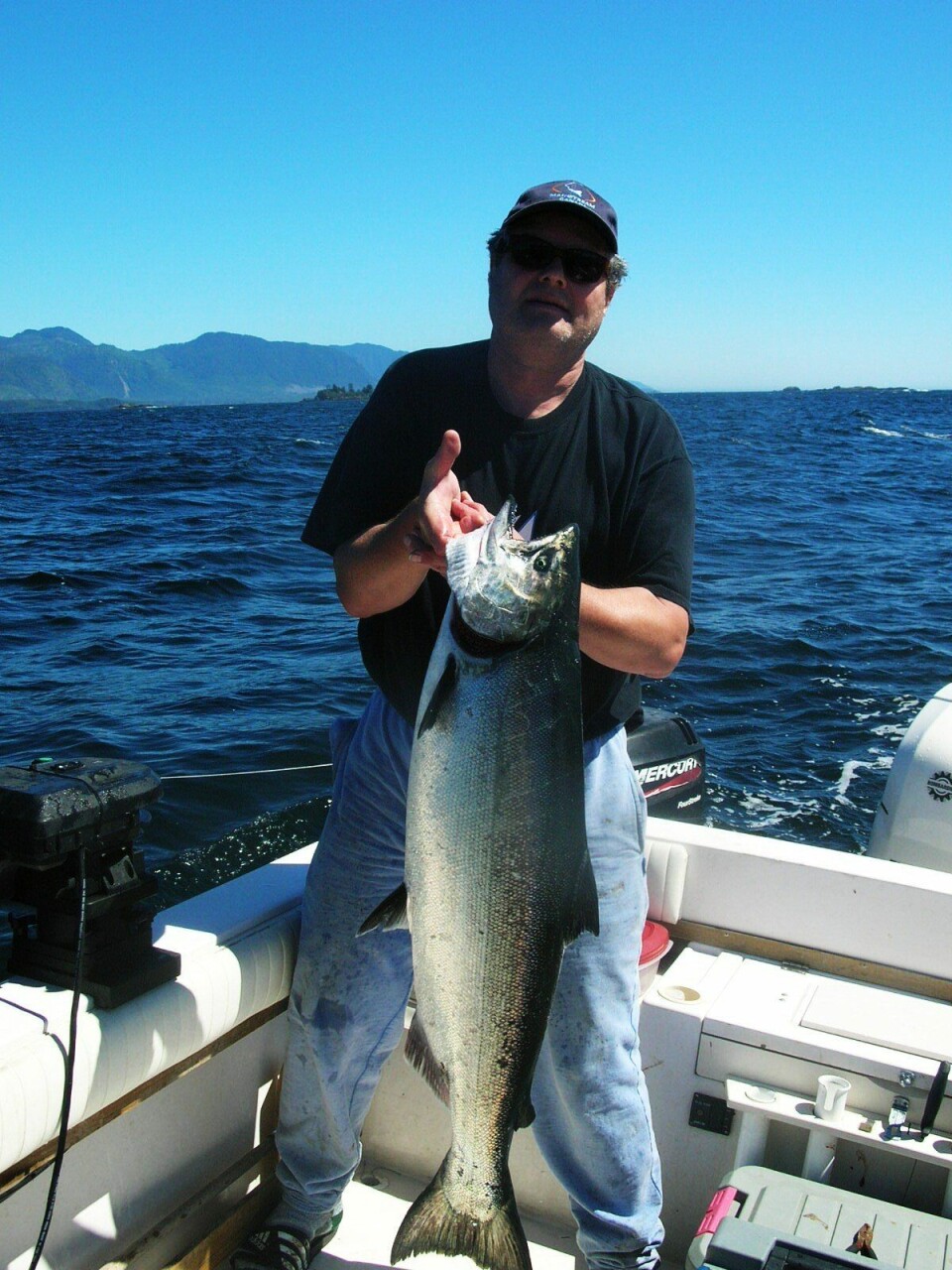
Canadian salmon farmers help restore wild stocks
Helping out with the restoration and rebuilding of wild salmon stocks is an activity well supported by the salmon farmers in British Columbia. As an example, at a recent fundraiser for the Campbell River Salmon Foundation, two salmon farming companies each gave CAD$ 10,000.- (~€ 7,800) and prices for an auction. Equipment and labour donations have been generously provided to a long range of facilities and projects. As Stephen Llewellyn of the Daily Gleaner reports, the same kind of support is being provided on the other side of Canada;
Supporters of the Atlantic salmon poured 120,000 tadpole-size baby fish called fry in the Magaguadavic River on Wednesday so that some day anglers will again be able to cast a fly in those waters. "The objective is to try to rebuild the decimated wild Atlantic salmon stocks in the Magaguadavic system," said Chuck Brown, communications manager at Cooke Aquaculture. "You know, 20 years ago people could go out on this river and fish for salmon, and now they can't. "This whole inner Bay of Fundy Atlantic salmon system is pretty well decimated. There is virtually none."
The Magaguadavic River Salmon Recovery Group is behind the project and is made up of the Atlantic Salmon Federation, the Department of Fisheries and Oceans and Cooke Aquaculture of Blacks Harbour. Normally Cooke Aquaculture produces farmed salmon for the province's aquaculture industry. But the company raised these wild Atlantic salmon at its fish hatchery near Harvey with eggs supplied by the provincial hatchery near the Mactaquac dam. "These are totally different fish than we would grow for the farm," said Brown. "This project is aimed at trying to restore that wild population."
He said the project started releasing salmon into the river five years ago. This year's release of 120,000 is the largest, he said. "They will have them all done today," he said. A couple of guys have them all loaded in big plastic tote on the back of the pickup truck and they are just driving to different places on the river." Then the little fish are transferred to smaller coolers and paddled out into the river in a canoe where they are released, said Brown. Their yolk sac is just gone now," he said. "They are going to get their first natural food out in the river."
The normal life cycle of an Atlantic salmon is four or five years between birth, growing up in the river, going out to sea and returning to the same river to spawn, he said. Brown said there has been some anecdotal evidence of success, with people catching parr - the stage in the life cycle just before they had out to sea - in the river. "They would be about eight inches long," he said. "It would be a good sign if it was true that they are at least growing to that stage in the river."
The plan is to continue releasing wild Atlantic salmon into the Magaguadavic River, said Brown. "We haven't seen any real evidence of great returns," he said. "We realize that it would be years in the making before we ever see any impact."




















































